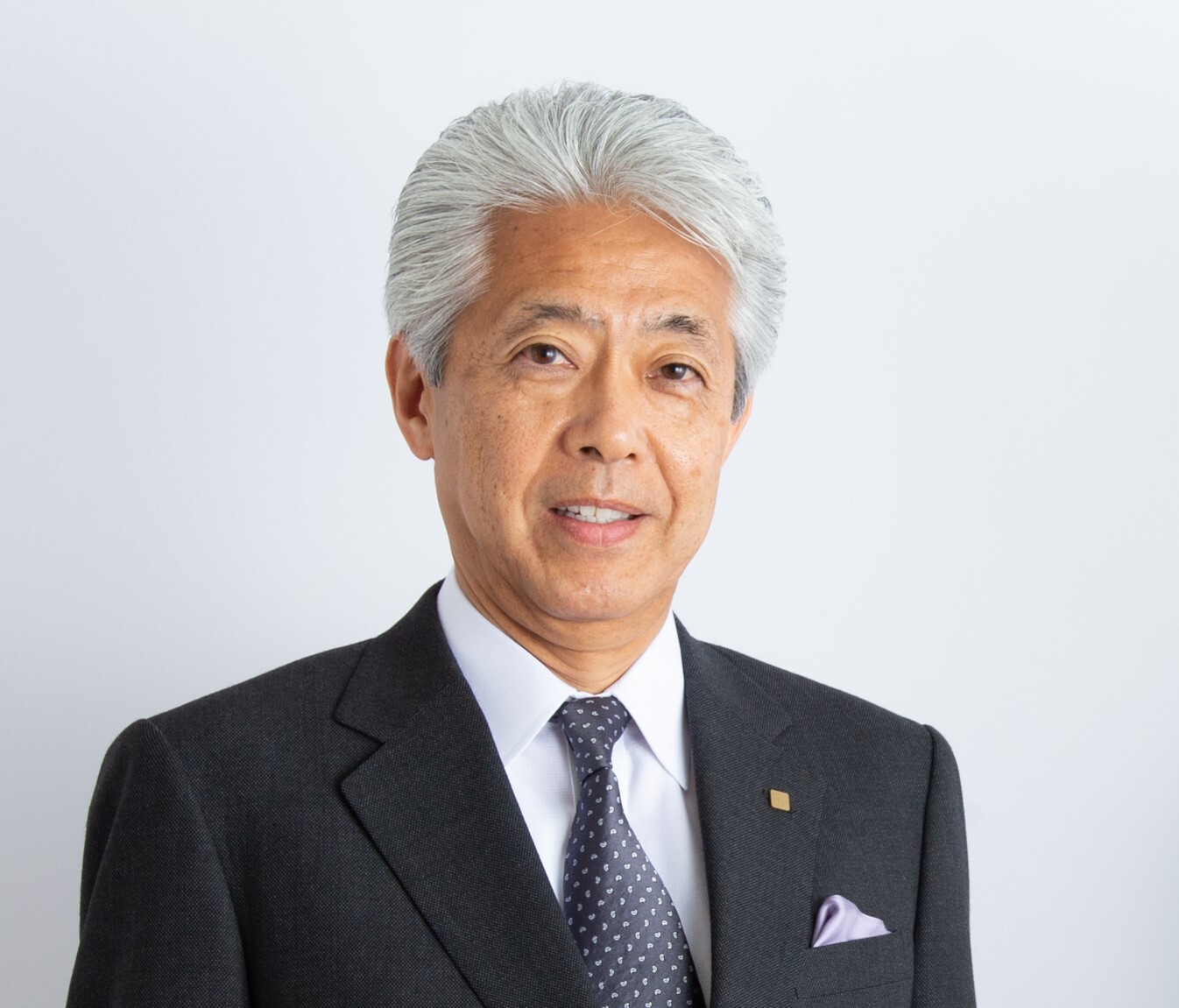Message from the Chairman

Chair
Goro Yamaguchi
Japanese Prime Minister Yoshihide Suga’s October 2020 declaration “2050 Carbon-Neutral” demonstrated unyielding resolve toward implementing Japan’s energy policy and climate change countermeasures. Later, during the Leaders Summit on Climate hosted by the United States in April 2021, Japan, the world’s third-largest economy, announced a significantly increased mid-term target for reducing greenhouse gas emissions by 46% from 2013 levels by 2030. Based on these policy announcements, various energy-related discussions are being carried out at the conference to promote green innovation strategies, the sub-committee on basic policy, etc., looking toward the Japan cabinet’s decision on the 6th basic energy plan and Japan’s policy statement at COP 26 scheduled in November 2021 under the leadership of the Japanese Ministry of Economy, Trade and Industry.
The Japan Photovoltaic Energy Association (JPEA) endeavors to maximize the introduction of photovoltaic power generation in order to strengthen Japan’s overall industrial competitiveness in the energy efficiency and the new energy fields, to advance new technological innovations, and to help achieve Japan’s ambitious greenhouse reduction target for 2030, since distributed solar power generation will become increasingly important in the future. This target could be an important milestone toward carbon neutrality in 2050. The aggressive introduction of solar power systems which could generate energy regardless of the region will contribute to local economic growth, resilience, and various other benefits for future generations.
The JPEA was founded in 1987 as the Photovoltaic Energy Forum. In 2008, the Forum changed its status from an unincorporated organization to an incorporated body, changing the name to the Japan Photovoltaic Energy Association the following year, and in 2022, the association will celebrate its 35th anniversary. This history includes the successful development of the world’s first practical residential PV system introduced in 1992. Thus, over the years, Japan has led the world’s photovoltaic power generation market, alongside the development of PV modules and peripheral technology. Also, PV systems have been widely and rapidly put in place since the feed-in-tariff system started in 2012. As a result, Japan is ranked the highest in the world in terms of installed photovoltaic power generation capacity per unit of land area. On the other hand, it is obvious that we have many challenges to be solved, including alleviating the increased financial burden on the public due to feed-in-tariffs, furthering efforts to reduce power generation cost, solving various issues relating to coexistence in local communities (such as environmental degradation, natural disasters, etc.), overcoming grid constraints, ensuring adjustment capabilities, and creating value for renewable energy in the power market, just to mention a few.
Considering all of these factors, the JPEA attempts to see eye to eye on issues relating to photovoltaic power generation to lead the industry from the viewpoint of energy policy (S+3E) and aims to shift toward a renewable-energy-based economy and society. At the same time, the Association endeavors to contribute to regional economies and societies, with maximum support for green growth strategies.
Japan Photovoltaic Energy Association
Chair
Goro Yamaguchi









